The world is home to many lakes, but some stand out for their extraordinary natural features. These lakes are shaped by unique environmental factors, turning them into captivating wonders. Here are some of the most extraordinary lakes that showcase these natural phenomena.
Lake Hillier, Australia (Pink Waters)
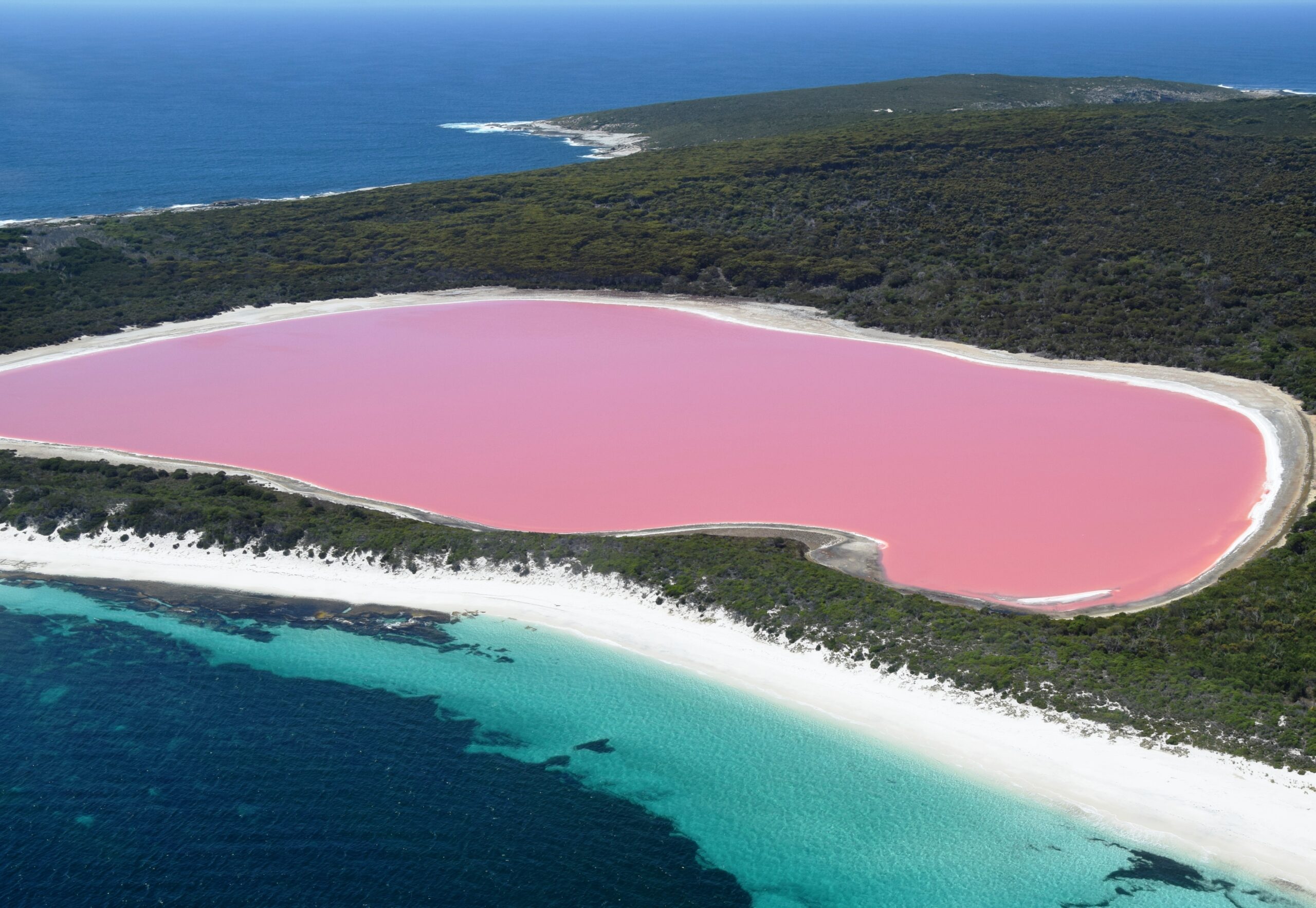
Lake Hillier is famous for its bubblegum-pink waters, a phenomenon caused by high salinity and the presence of Dunaliella salina algae. This striking lake, located on Middle Island in Australia, remains pink year-round, regardless of weather conditions. Its contrast against the deep blue ocean nearby makes it a breathtaking sight. Unlike other colorful lakes, the water remains perfectly safe for swimming. The exact cause of the pink hue remains somewhat of a mystery, adding to its intrigue.
Jellyfish Lake, Palau (Home to Thousands of Jellyfish)
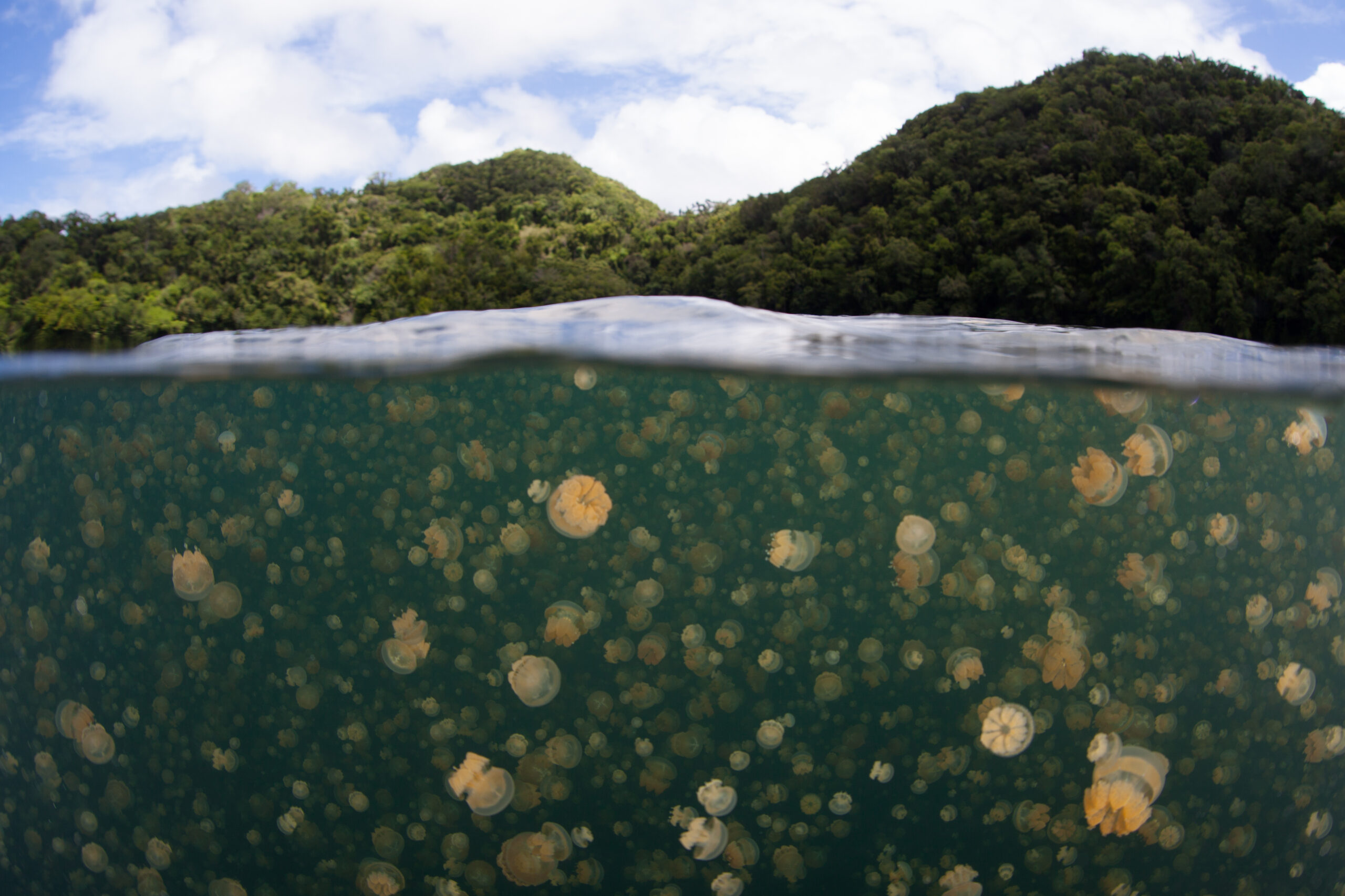
Jellyfish Lake in Palau offers an unforgettable experience, filled with millions of golden jellyfish. This saltwater lake is cut off from the ocean, creating a habitat where the jellyfish have lost their stinging abilities. Every day, they migrate across the lake, following the sunlight, creating a mesmerizing display. Visitors can snorkel amongst these harmless jellyfish, making it one of the most unique underwater encounters in the world.
Laguna Colorada, Bolivia (Red-Tinted Waters)

Laguna Colorada is a shallow, salty lake in Bolivia, known for its intense red hue caused by red algae and sediment. Flamingos flock to this lake, feeding on the algae, creating a stunning visual contrast. The red waters, combined with the surrounding white borax islands, make it one of the most vibrant lakes on Earth. Situated in the Bolivian Altiplano, this lake is also surrounded by active geothermal features, adding to its otherworldly atmosphere.
Lake Natron, Tanzania (Petrifying Waters)
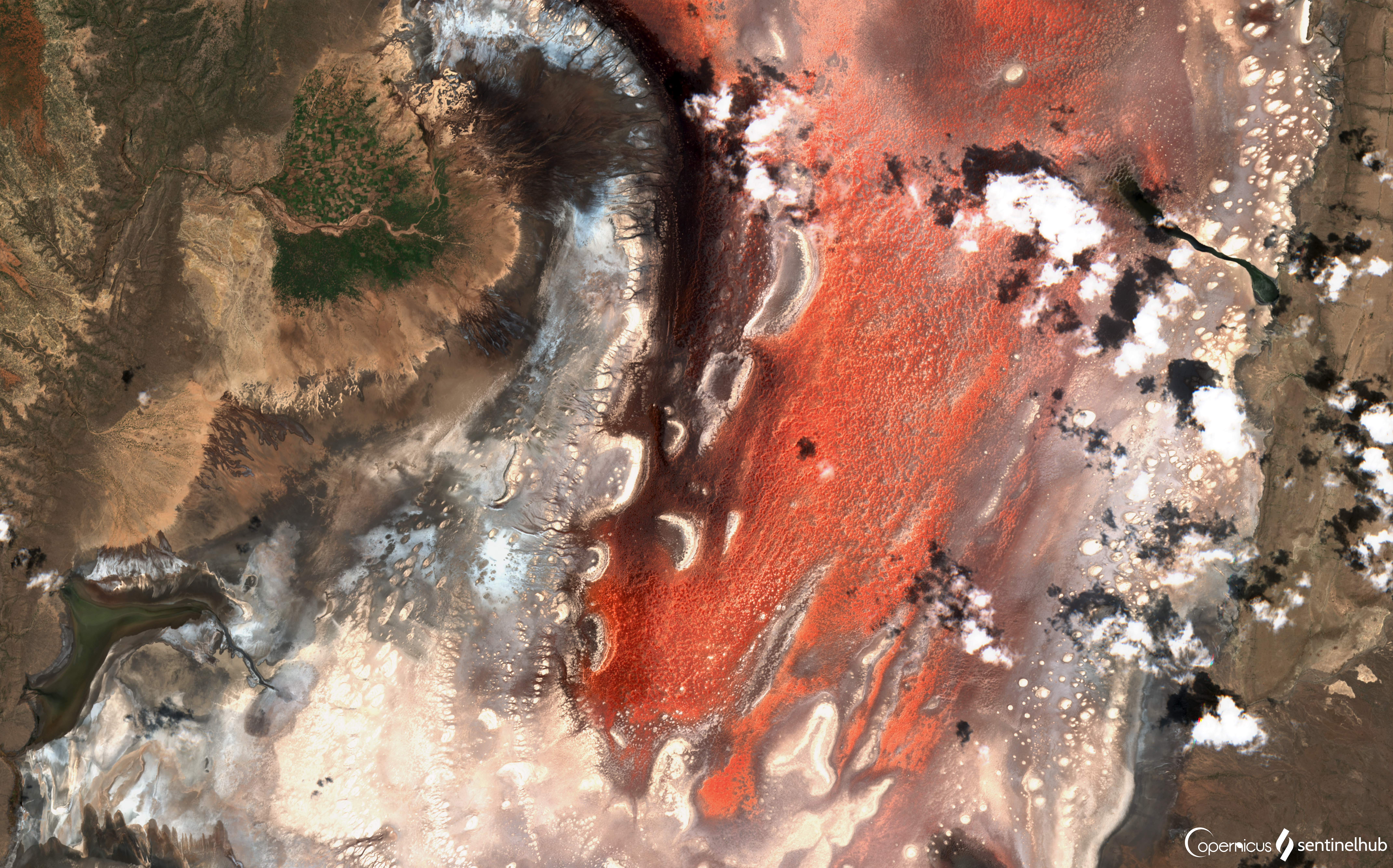
Lake Natron in Tanzania is a highly alkaline lake with waters that can reach up to 140 degrees Fahrenheit. The lake’s extreme conditions turn animals that fall into it into mummified statues due to its high salt and soda content. Despite these harsh conditions, certain species, such as flamingos, thrive on the lake’s shores, nesting in its caustic environment. The lake’s eerie reflection and vibrant red hues during the dry season only add to its mysterious aura.
Spotted Lake, Canada (Polka Dot Patterns)
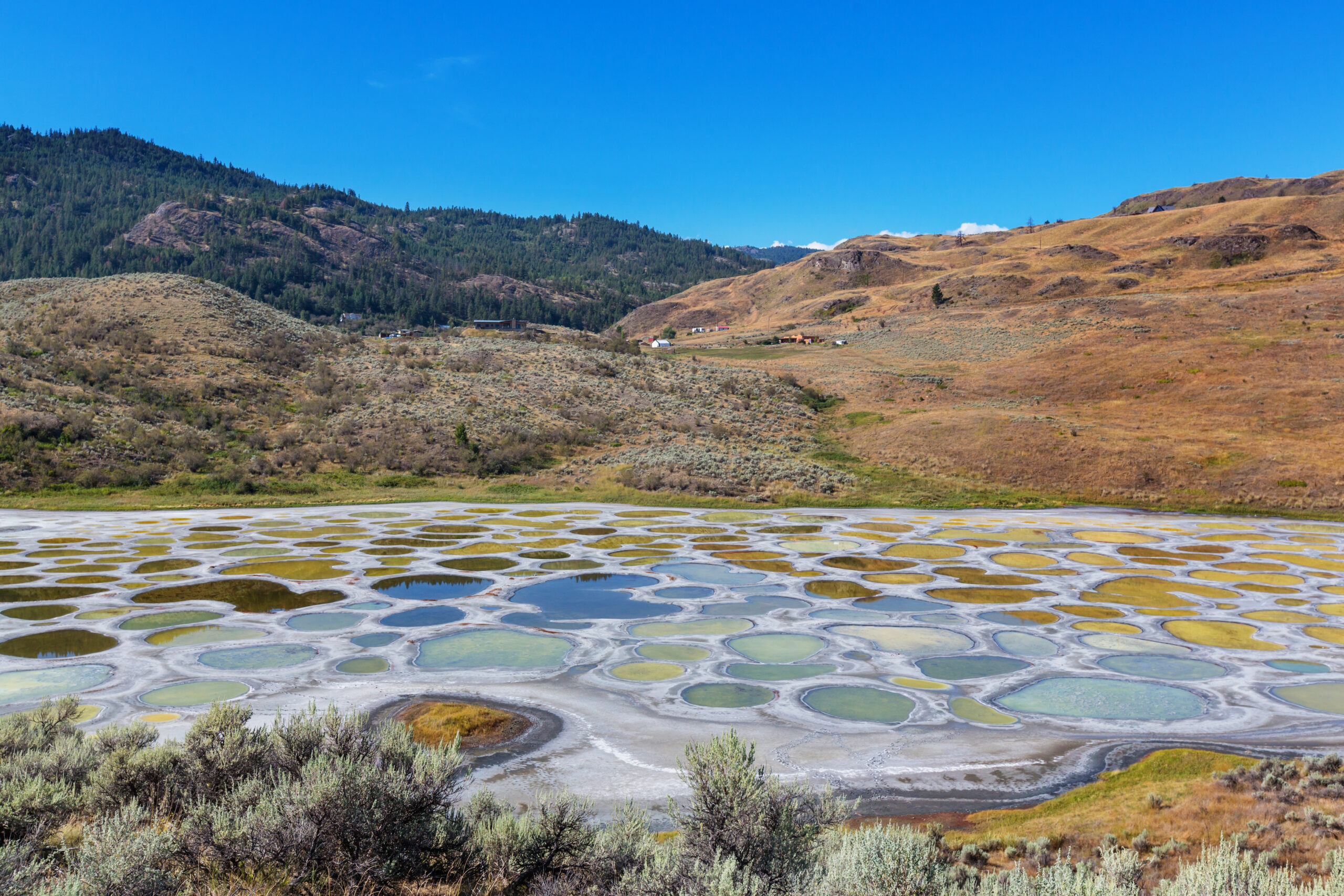
Spotted Lake in British Columbia, Canada, is famous for its bizarre polka dot patterns that appear during the summer. As the water evaporates, mineral deposits, primarily magnesium sulfate, create circular spots across the lake. Each spot varies in color, depending on the concentration of minerals, creating a surreal, dotted landscape. The lake has been considered sacred by local indigenous people for centuries, further adding to its cultural significance.
Lake Baikal, Russia (World’s Deepest Freshwater Lake, Frozen Bubbles)
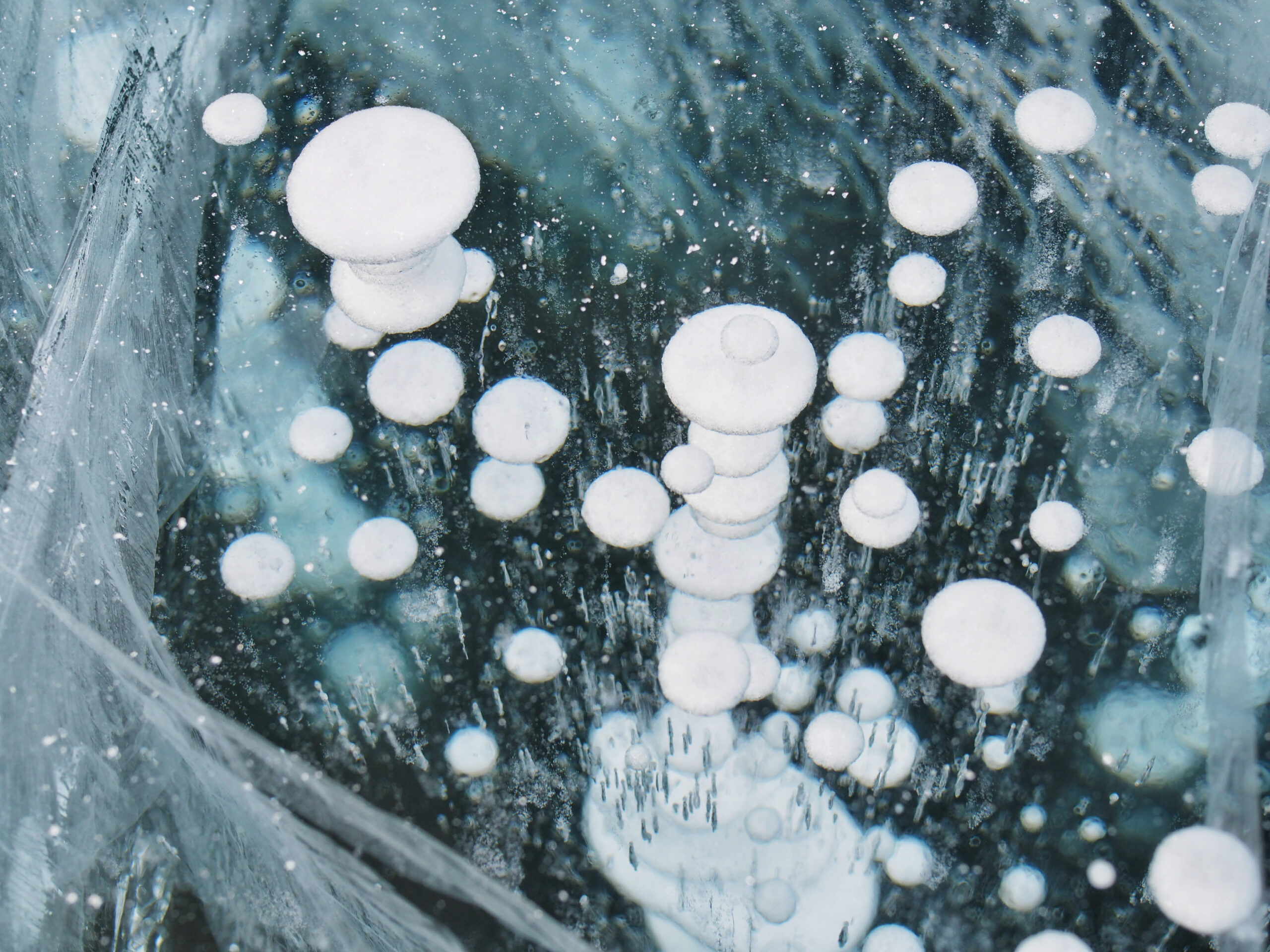
Lake Baikal in Russia holds the title of the world’s deepest freshwater lake, containing about 20% of the planet’s unfrozen freshwater. During the winter, it freezes over, creating an extraordinary sight of frozen methane bubbles trapped beneath its surface. The lake is also home to many endemic species, including the Baikal seal, adding to its biological importance. Its crystal-clear waters and deep blue color make it a stunning natural wonder year-round.
Dead Sea, Jordan/Israel (Extremely Salty, Floating Effect)
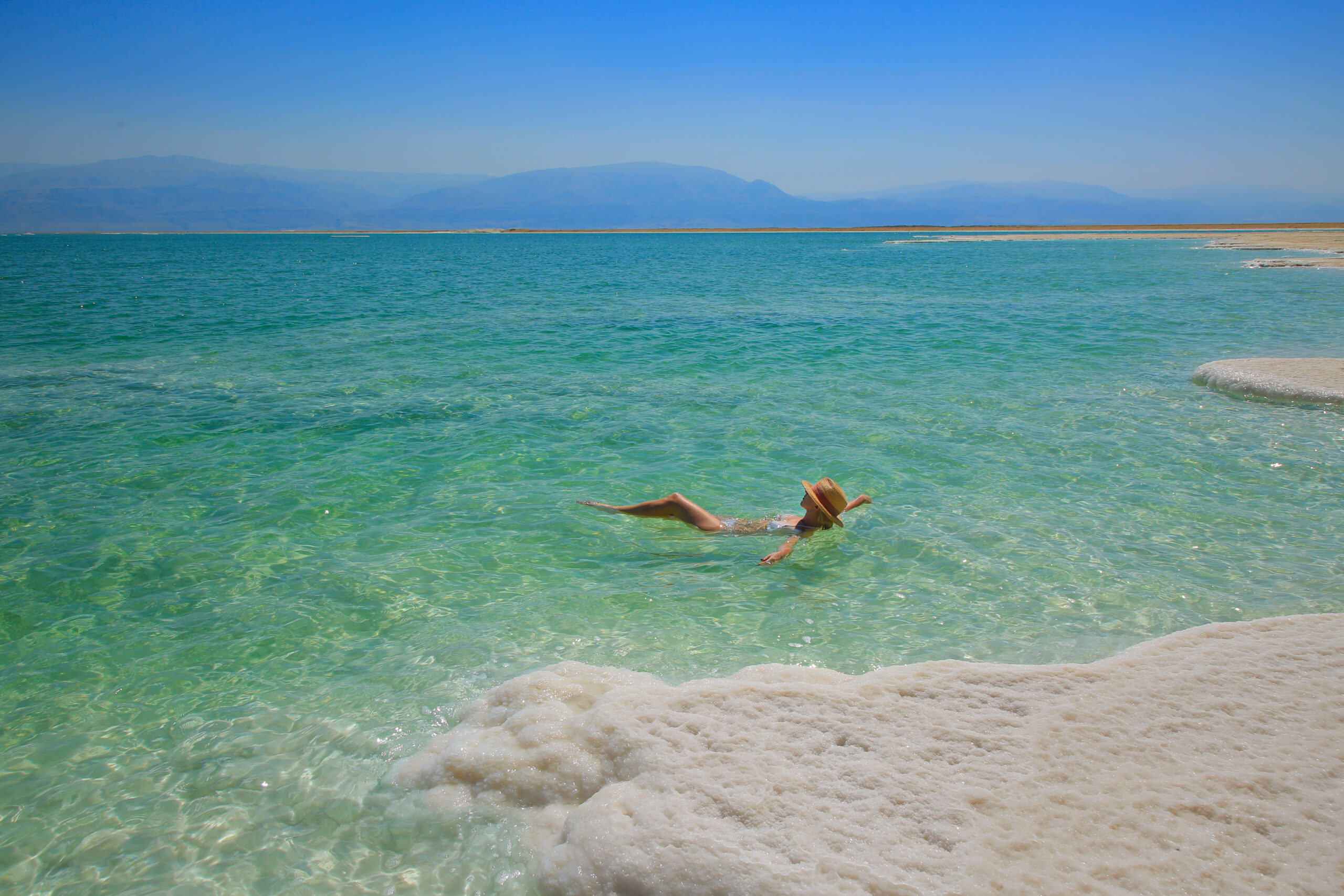
The Dead Sea is one of the saltiest bodies of water on the planet, making it nearly impossible for life to thrive in its waters. Its high salinity allows people to float effortlessly on its surface, creating an unusual experience for visitors. The dense, mineral-rich waters are also believed to have therapeutic properties, drawing travelers from around the world. Its location, at the lowest point on Earth, only adds to the allure of this unique lake.
Boiling Lake, Dominica (Naturally Boiling Waters)
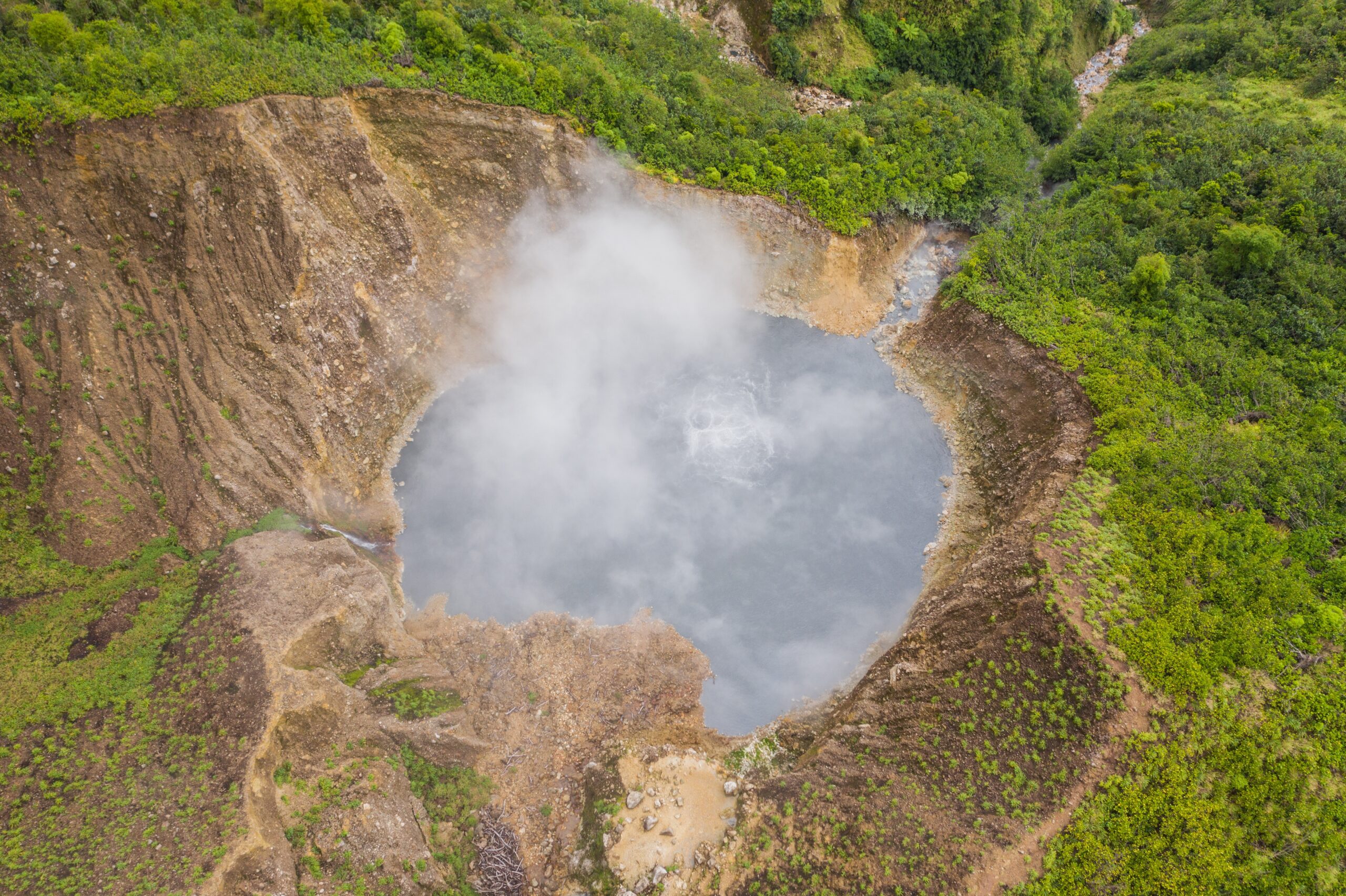
Boiling Lake, located in the Caribbean island of Dominica, is a flooded fumarole with water temperatures reaching the boiling point. The lake is filled with bubbling, greyish-blue water, constantly fed by volcanic activity below the surface. The steam rising from its surface creates a dramatic, almost eerie scene. Hiking to the lake is a popular activity for adventurous travelers, although the trail is rugged and demanding, offering a glimpse of Dominica’s untamed volcanic landscape.
Laguna Verde, Chile (Bright Green Waters)
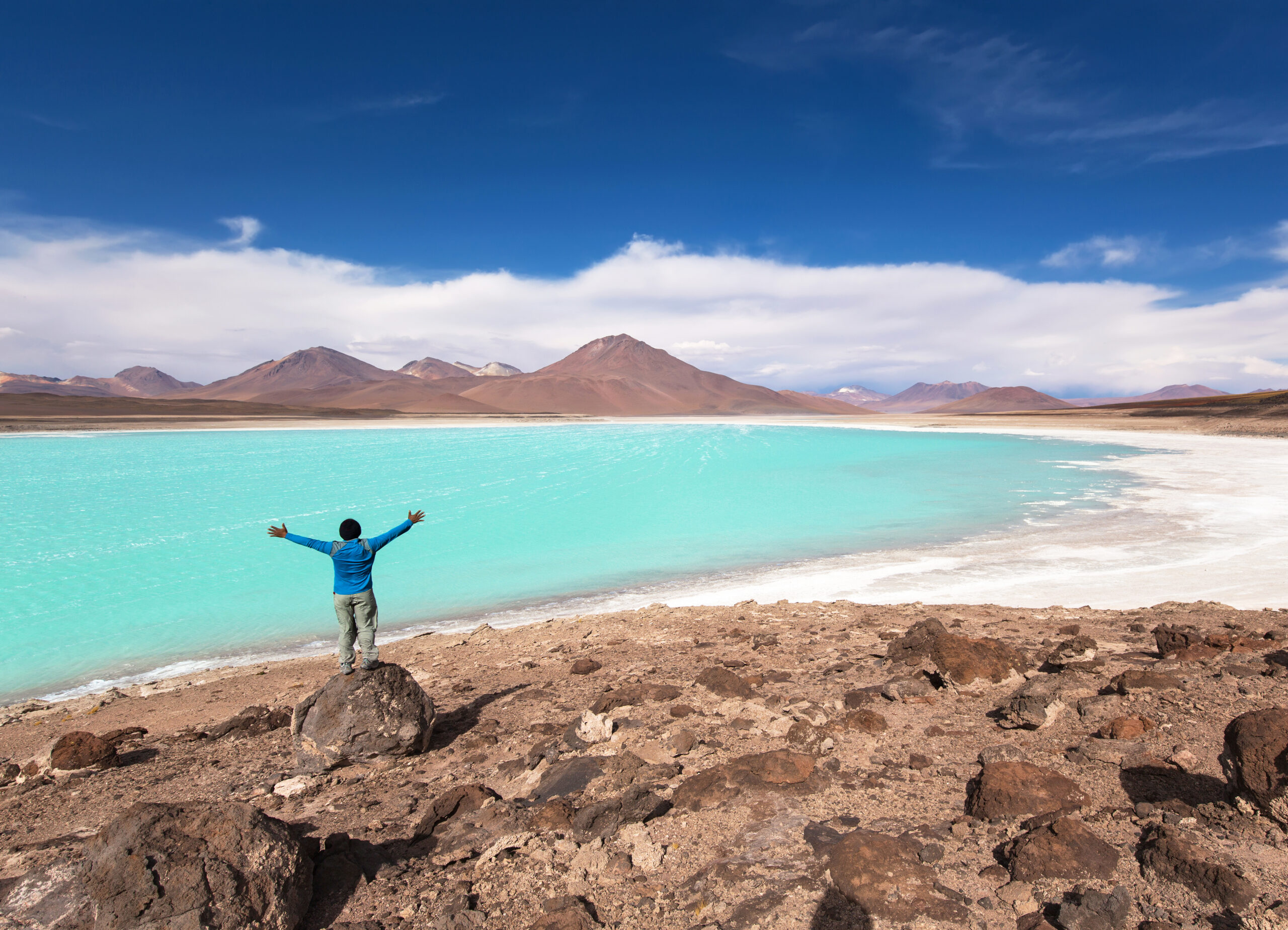
Laguna Verde, located in the Atacama Desert of Chile, is known for its striking bright green waters. The lake’s color comes from high mineral content, including copper and arsenic. Surrounding this surreal body of water are snow-capped volcanoes, adding to the dramatic contrast of colors. The high altitude and extreme conditions make it a challenging place for life, but it remains a beautiful spectacle in a barren landscape. The shifting hues of the water change with the weather, turning it into a mesmerizing natural phenomenon.
Kawah Ijen Crater Lake, Indonesia (Acidic Waters with Blue Flames)
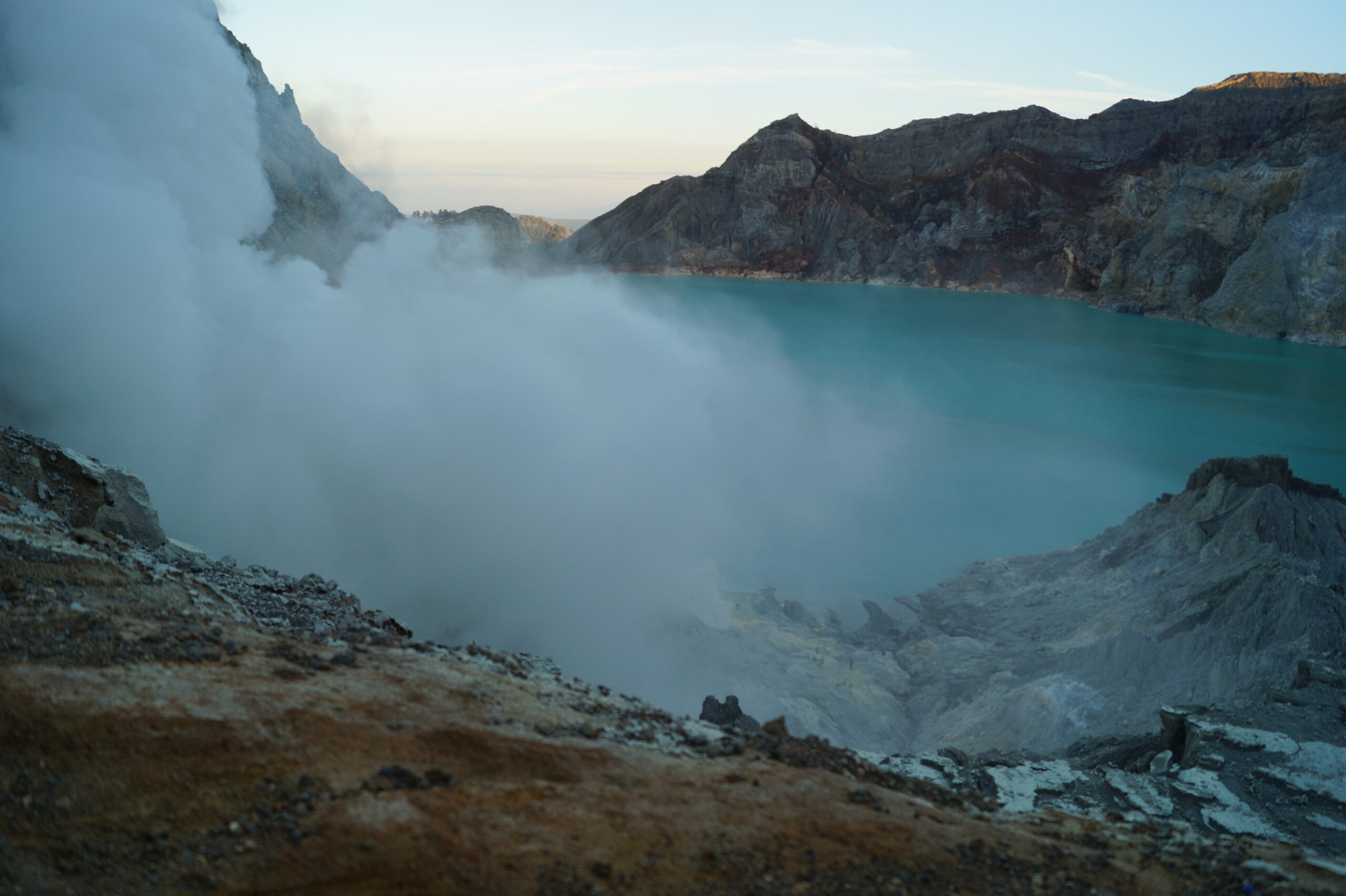
Kawah Ijen Crater Lake in Indonesia is famous for its turquoise waters and sulfuric acid content, making it one of the most acidic lakes on Earth. At night, an even more incredible sight occurs—blue flames erupt from the sulfuric gases that escape from the lake’s surface. The combination of acidic waters and glowing flames creates an almost otherworldly atmosphere. Miners also extract sulfur here, working in extreme conditions near the steaming lake.
Lake Resia, Italy (Submerged Church Tower)
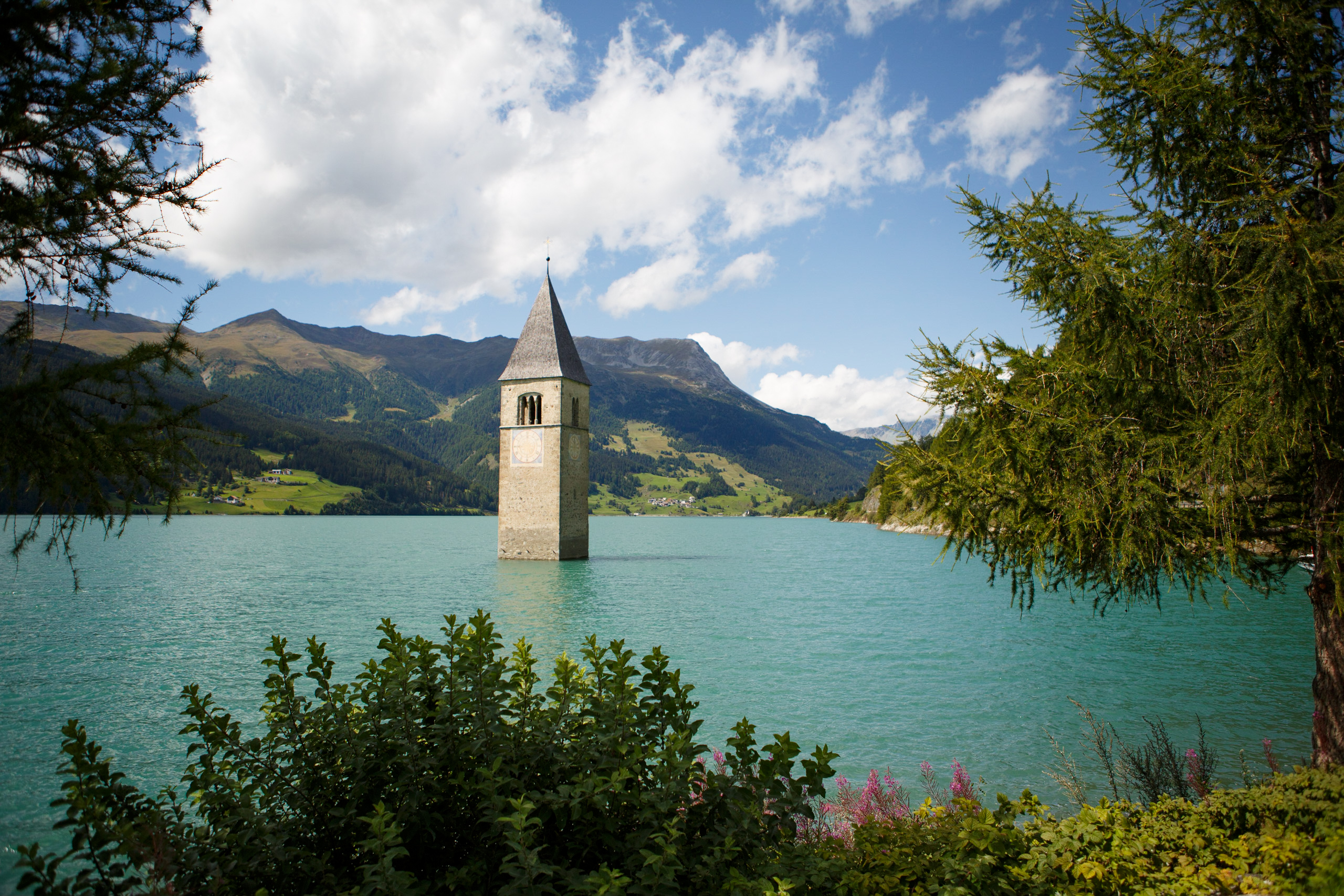
Lake Resia in northern Italy is known for its eerie, partially submerged church tower, the only remnant of a village flooded in the 1950s. The lake is an artificial reservoir created by damming, and the bell tower sticking out from the water gives it a ghostly appearance. In winter, the lake freezes over, allowing visitors to walk up to the tower. It has since become a popular tourist destination for its unusual and haunting sight.
Lake Maracaibo, Venezuela (Frequent Lightning Storms)

Lake Maracaibo in Venezuela experiences one of the most frequent lightning phenomena on Earth. Known as the “Catatumbo Lightning,” it produces nearly constant storms, with over 200 lightning strikes per hour during peak seasons. The storms can last for up to 10 hours a night, creating a continuous display of nature’s power. The unique geographical conditions, including the surrounding mountains and warm, humid air, contribute to this rare phenomenon.
Abraham Lake, Canada (Frozen Methane Bubbles)

Abraham Lake in Alberta, Canada, transforms into a captivating spectacle during the winter. As the lake freezes, methane bubbles from decaying plants get trapped beneath the ice, forming white, swirling patterns. These frozen bubbles create an otherworldly landscape under the lake’s crystal-clear surface. The lake’s stunning beauty attracts photographers and adventurers looking to capture the perfect shot of this rare phenomenon.
Crater Lake, Oregon, USA (Deep Blue Color and Floating Trees)
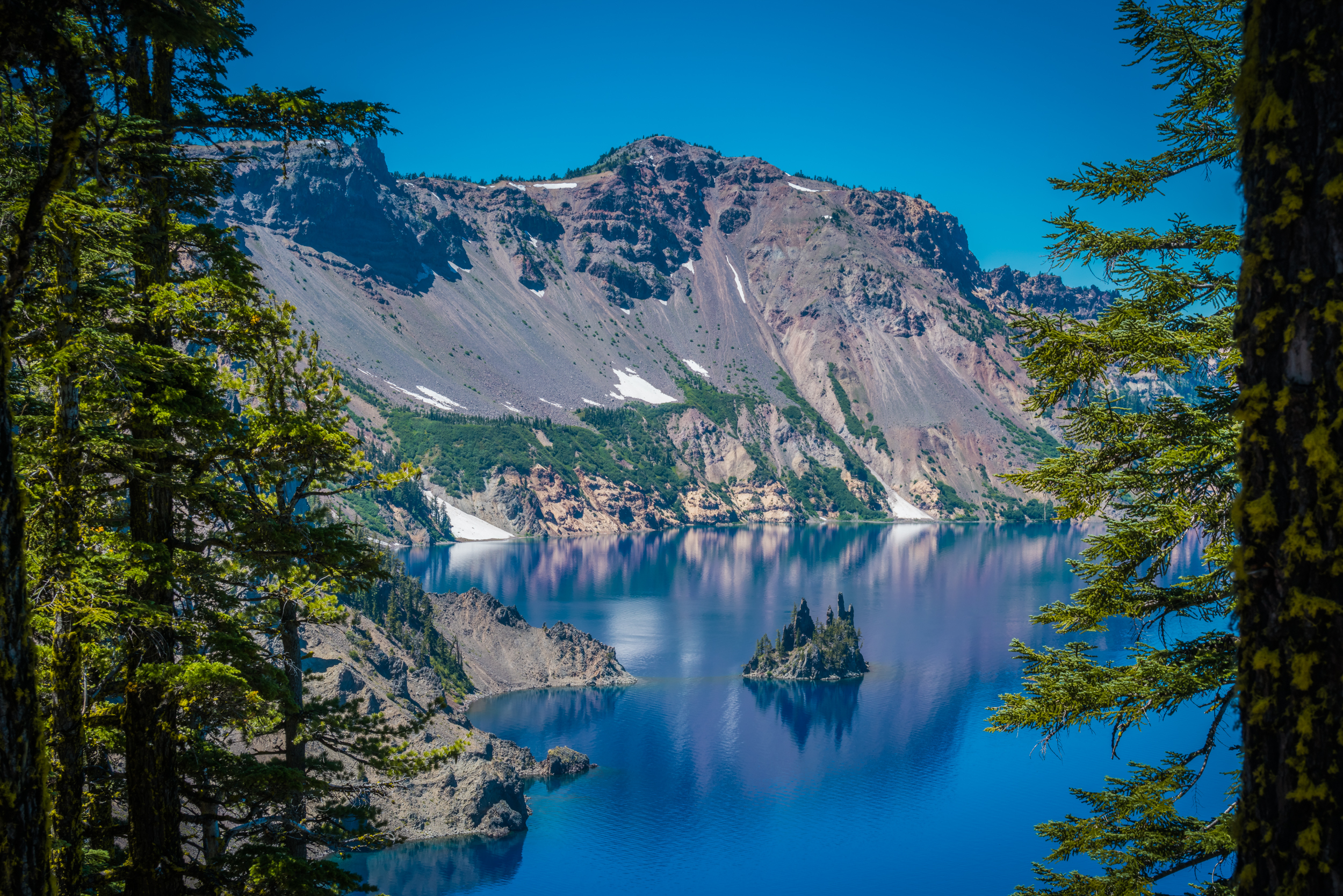
Crater Lake in Oregon is known for its stunning deep blue color, the result of its pure, clean water and great depth. Formed in the caldera of a collapsed volcano, the lake is one of the deepest in the world. Another unique feature is the “Old Man of the Lake,” a tree stump that has been floating upright in the lake for over a century. These unusual features make Crater Lake both visually and historically fascinating.
Grand Prismatic Spring, USA (Multicolored Thermal Spring)
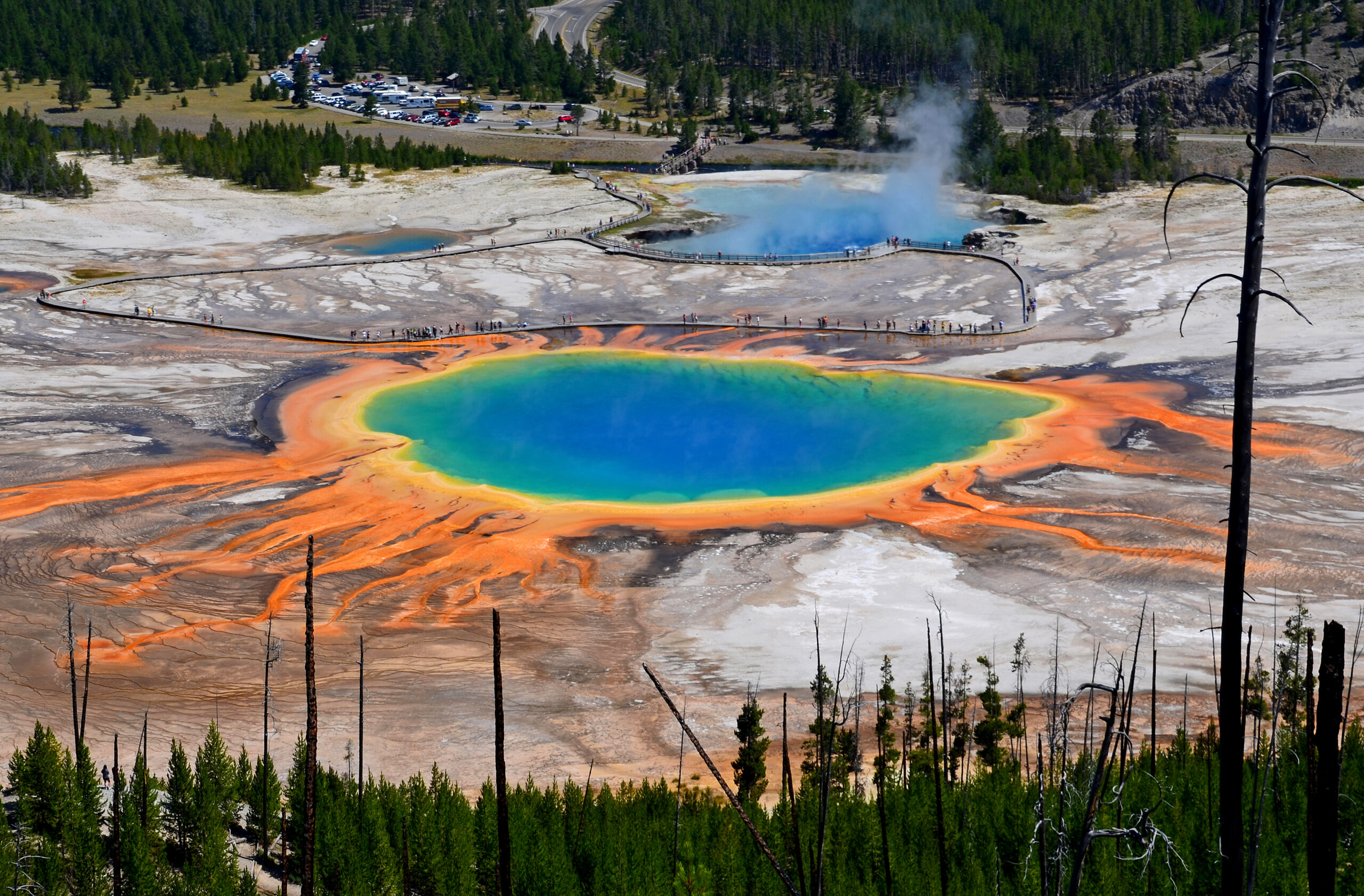
Grand Prismatic Spring in Yellowstone National Park is the largest hot spring in the United States and one of the most colorful. The vibrant hues of orange, yellow, and blue are caused by heat-loving bacteria that thrive in the varying temperatures of the spring. Its immense size and brilliant colors resemble a rainbow, making it one of the most photographed geothermal features in the world. The spring’s vivid rings of color can be seen from above, making it a breathtaking natural wonder.
Pitch Lake, Trinidad (Largest Natural Asphalt Lake)
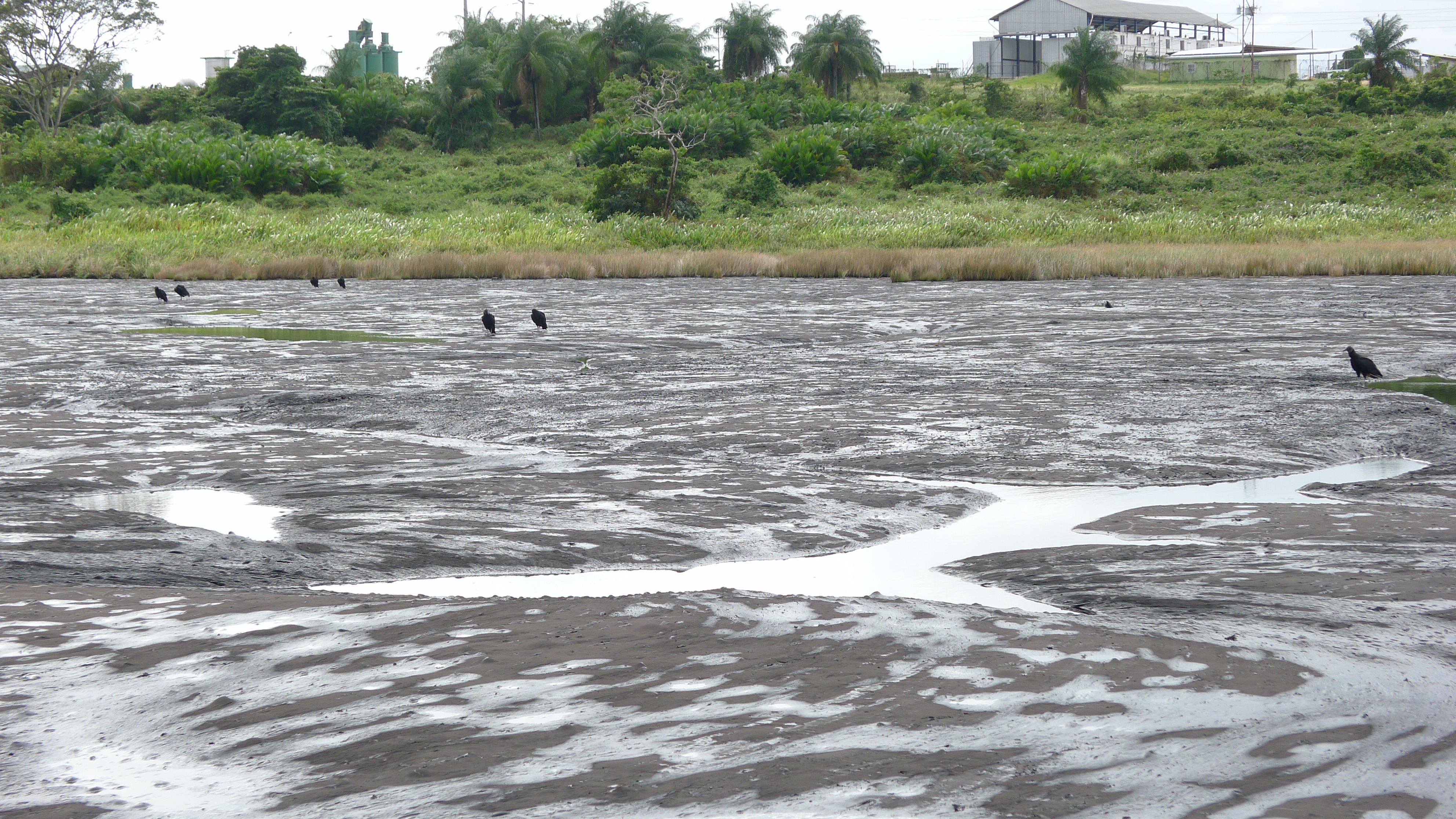
Pitch Lake in Trinidad is the largest natural asphalt lake in the world, containing an estimated 10 million tons of asphalt. This thick, sticky lake has been used as a natural resource for centuries, providing material for road construction around the globe. It has a strange, almost alien appearance, with dark, viscous pools bubbling under the surface. The lake’s unusual properties make it a geologist’s dream, offering insights into natural asphalt formation.
This article originally appeared on Rarest.org.
More from Rarest.org
20 Legendary Athletes Who Dominated Multiple Sports

Some athletes aren’t satisfied with mastering just one sport. These legendary figures have taken their talents beyond a single arena, showing incredible versatility and determination. Read More.
12 Little-Known Rituals from Ancient Societies

Throughout history, ancient societies practiced fascinating rituals, often tied to their unique beliefs and customs. Read More.
9 Rarely Seen Vintage Fire Trucks from Across the Decades

Vintage fire trucks are a fascinating glimpse into the history of firefighting. Read More.
